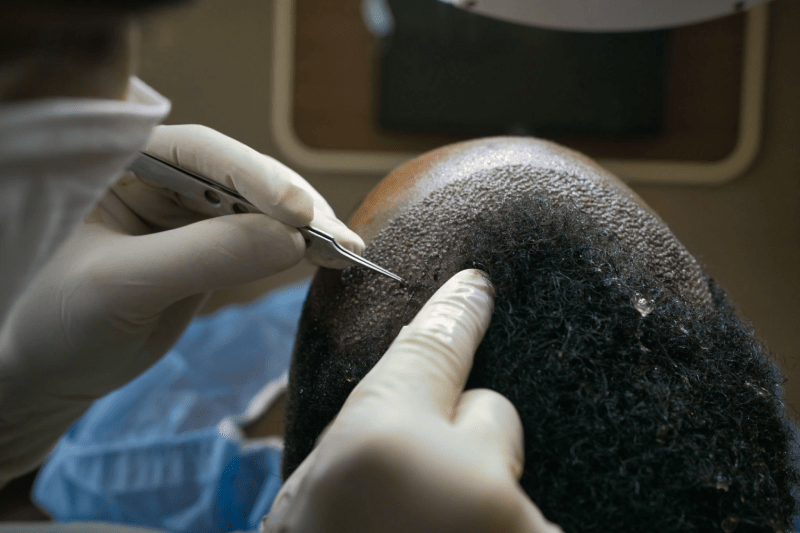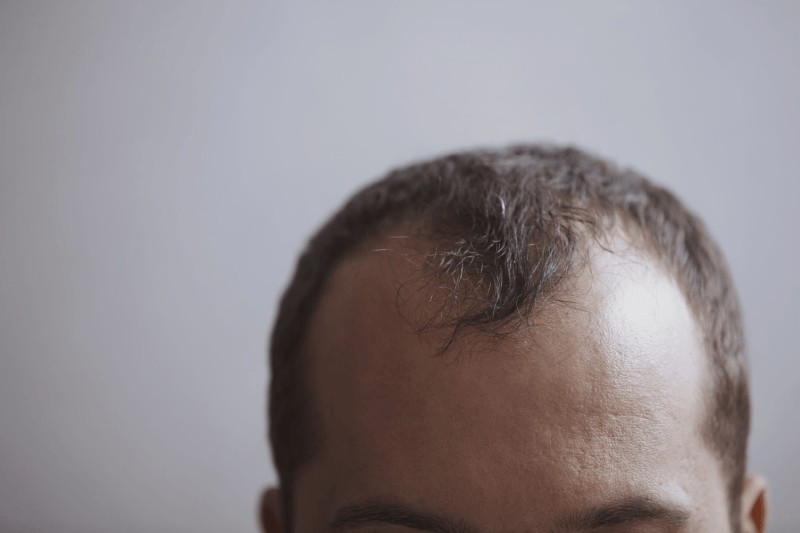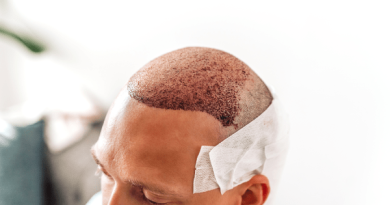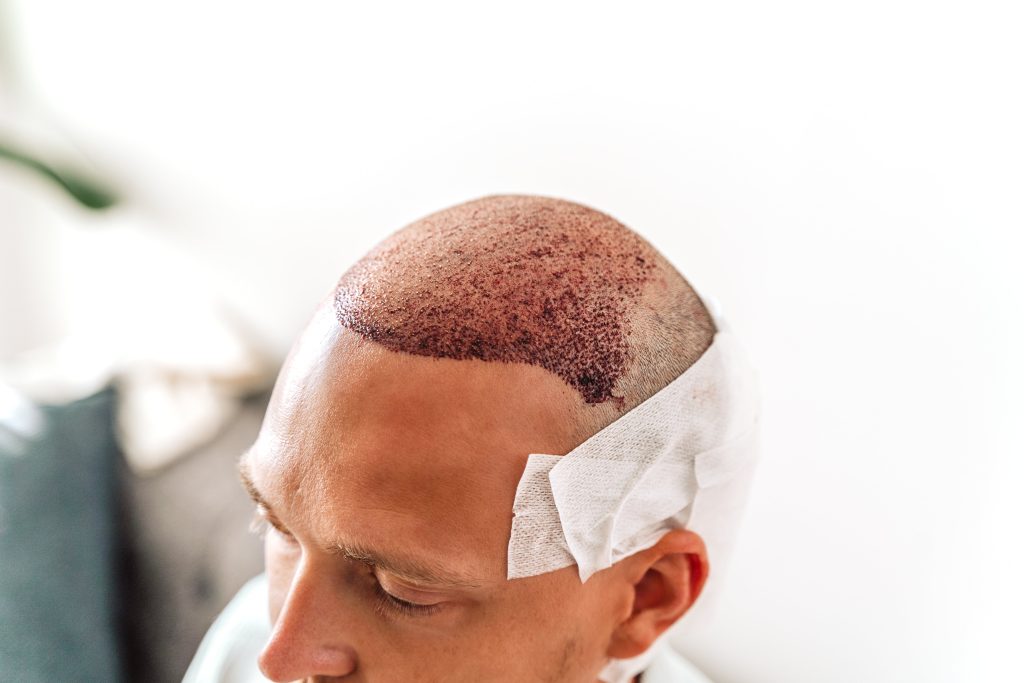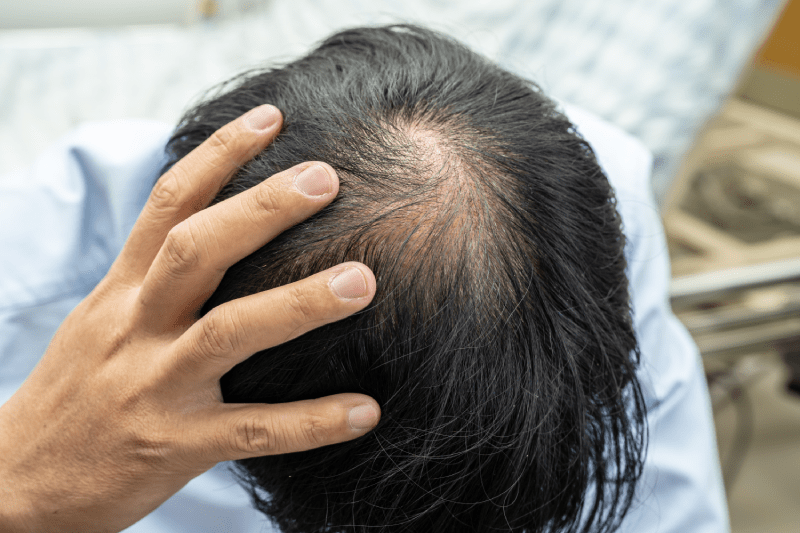Which Hair Transplant Type is Better? FUE vs DHI Hair Transplant

What Are the Differences Between FUE and DHI Transplant?
FUE vs. DHI Which type of hair transplantation is the most effective? Which option should I choose? During your Google search for hair transplants, you’ve definitely come across these themes quite a bit. And, with so much information available, it’s easy to see how things might rapidly get perplexing.
That’s why we’re here to explain the differences between DHI (Direct Hair Implantation) and FUE (Follicular Unit Extraction). We’ll go through what these therapies are, how they vary, and how to choose the ideal one for you. But first, let’s take a deeper look at what DHI and FUE are and how they function.
The decision between FUE and DHI is based on a number of factors, including the patient’s hair loss categorization, the size of the thinning region, and the amount of donor hair available. Because hair transplant is such a personal procedure, it is thought that the approach that best fulfills a patient’s expectations would produce the greatest outcomes.
FUE and DHI are two types of hair transplant methods that can help you get the look you want. However, there are some distinctions between FUE and DHI techniques. This is why it is critical for a person to understand which of these hair transplant treatments is the greatest option for achieving a pleasing appearance. The following are some of these distinctions:
- The FUE method is best for covering wide regions, whereas the DHI approach has a greater chance of obtaining greater densities.
- Even if the patient intends to undertake a one-session hair transplant treatment utilizing the DHI method, he or she will be a better candidate for the FUE technique if the patient has severe hair loss and bald patches that are too large to be covered. The reason for this is because the FUE procedure allows for a larger number of grafts to be harvested in a single session.
- The DHI method differs from previous hair transplant procedures in that it uses a pen-like medical tool called a “Choi implanter” to establish the recipient sites while simultaneously transplanting the grafts.
- Prior to the treatment, patients must have their heads totally shaved using the FUE method, but the DHI approach simply involves shaving of the donor region. For female patients, this is a major benefit.
- Other hair transplant treatments require less expertise and expertise than the DHI procedure. As a result, physicians and medical teams must undergo extensive training in order to become experts in the use of this procedure.
- In comparison to the FUE procedure, the DHI procedure offers a shorter recovery time and requires less blood.
- The FUE method is best for covering wide regions, whereas the DHI approach has a greater chance of obtaining greater densities.
How Does FUE Hair Transplant Work?
During a FUE hair transplant, groups of 1–4 hair follicles, also known as grafts, are manually harvested and deposited into a storage solution one at a time. The doctor will use microblades to open the canals once the extraction procedure is completed. These are the holes or slits that the grafts are inserted into. The doctor can then extract the grafts from the solution and implant them into the recipient location once the canals have been opened.
Patients usually see the initial results from FUE surgery approximately two months following the procedure. Following six months, more considerable growth is frequently seen, with complete results appearing 12–18 months after the procedure.
How Does DHI Hair Transplant Work?
To begin, hair follicles are retrieved one at a time with a specialized tool that has a diameter of 1mm or less. The hair follicles are then put into a Choi Implanter Pen, which is used to implant them directly into the recipient region. The canals are created and the donors are implanted concurrently during DHI. When implanting hair follicles, the Choi Implanter Pen allows the clinician to be more precise. They can manage the angle, direction, and depth of the freshly transplanted hair this way.
DHI takes around the same amount of time to recover as FUE. Outcomes normally occur within a comparable timeframe, with complete results lasting anywhere from 12 to 18 months.
Who are the Best Candidates for DHI Procedure?
The ideal candidates for hair implantations are those who have androgenic alopecia, which is the most prevalent kind of hair loss. Male or female pattern hair loss is the common name for this disorder.
You may also be a suitable candidate for hair transplantation if you have the following characteristics:
Age is a factor: Hair implants are only recommended for anyone above the age of 25. Hair loss is more variable before this age.
The size of your hair: People with thicker hair often have greater results than those who have thinner hair. Each hair follicle is better covered with thicker hair.
Hair density of the donor: Patients with a donor site hair density of fewer than 40 follicles per square centimeter are considered poor candidates for hair transplants.
The color of your hair: The best results are frequently achieved by those with light hair or hair that is near in color to their skin tone.
Expectations: People who set realistic goals are more likely to be pleased with their outcomes.

Who are the Best Candidates for FUE Procedure?
Certain persons are more suitable candidates for FUE than others. FUE is a better option for those who:
Need to return to work or resume other responsibilities as soon as possible. FUE recovery takes roughly a week on average.
Have a lack of scalp flexibility, tiny diameter punches are the best alternative.
Do not need to transplant thousands of grafts.
Have textured hair that is straight or wavy.
Plan to keep their hair short to help hide any scars.
Have long-term hair restoration goals.
Patients should be informed that follicular unit extraction is not a surgery that provides quick results, and they should have reasonable expectations. FUE is also an efficient approach to fill up thinning hair while allowing patients to return to their regular lifestyles in little over a week.
What is the Main Difference Between FUE and DHI?
The way grafts are placed into the recipient region is the main difference between DHI and FUE. The canals must be opened prior to implantation in a FUE hair transplant, allowing the surgeon to manually implant the retrieved grafts.
DHI, on the other hand, uses a Choi Implanter Pen, a specialized instrument. This eliminates the need to initially build the canals for the grafts, allowing the implantation step to begin immediately after extraction.
Which one Should I Choose for Hair Transplant Journey in Turkey?
So, now that we know what these two processes are, the next question you could have is, “which one is suitable for me?” One of the most professional hair transplant doctors, was kind enough to give us some advice on the subject.
“DHI is often advised for individuals younger than 35 since hair loss is not as severe in these situations and success rates are higher,” he stated. “DHI is an excellent alternative for people who wish to decrease their hairlines and fill out their temples,” he continued. With DHI, the greatest number of grafts we can implant is 4000.”
When it comes to DHI vs FUE success rates, he said that there is virtually no difference between the two here, as “both FUE and DHI’s success rate is up to 95%”.
Contact us to get a personal quote and then, we can give you the most affordable prices for hair transplant in Turkey by the most professional surgeons.
